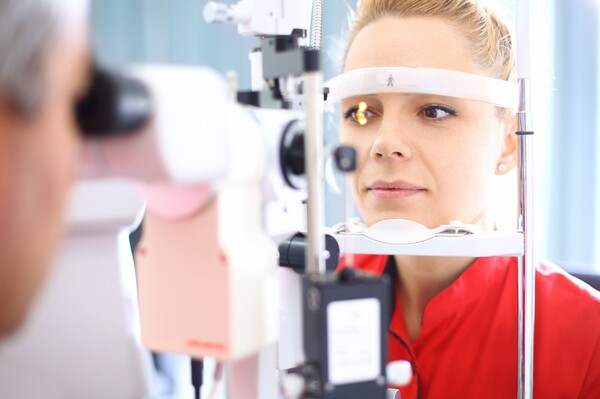
Consuming alcohol can increase the risk of severe visual impairment or blindness by up to 2.5 times in patients with open-angle glaucoma (OAG), a Korean study showed.
The joint research team, led by Professor Kim Young-kook at the Department of Ophthalmology of Seoul National University Hospital, and Professor Ha Ah-hul at the Department of Ophthalmology of Jeju National University Hospital, analyzed the association between changes in drinking habits after OAG diagnosis and the risk of blindness in 13,643 OAG patients.
Glaucoma, a degenerative optic neuropathy, ranks among the primary causes of blindness. Unfortunately, there is no cure for the condition, with treatments primarily focused on slowing the rate of deterioration. Remarkably, limited research has explored the influence of lifestyle factors like smoking, alcohol consumption, and exercise on glaucoma.
The study used the Korean National Health Insurance Service’s (NHIS) claims and health examination database to enroll patients who were newly diagnosed with OAG between 2010 and 2011.
The OAG patients were divided into two groups: those who continued to drink (sustainers) and those who abstained from alcohol following their OAG diagnosis.
The data was analyzed until 2020.

The results showed that patients who quit alcohol consumption had a 37 percent lower risk of severe visual impairment or blindness than those who continued drinking.
Compared to those with alcohol abstinence, patients with moderate to heavy consumption drinking 105 grams of alcohol per week had a 1.78 times higher risk of blindness.
More frequent drinking after OAG diagnosis was also a significant risk factor for incident severe visual impairment or blindness.
The OAG patients who drank four days a week or more frequently had a 2.5 times higher risk of blindness, compared to the abstinence group.
“Lifestyle interventions, such as alcohol abstinence, could be essential in a comprehensive approach for patients with newly diagnosed OAG,” the study concluded.
The study, titled, “Visual Impairment Risk After Alcohol Abstinence in Patients With Newly Diagnosed Open-Angle Glaucoma,” was published in the recent edition of JAMA Network Open.

